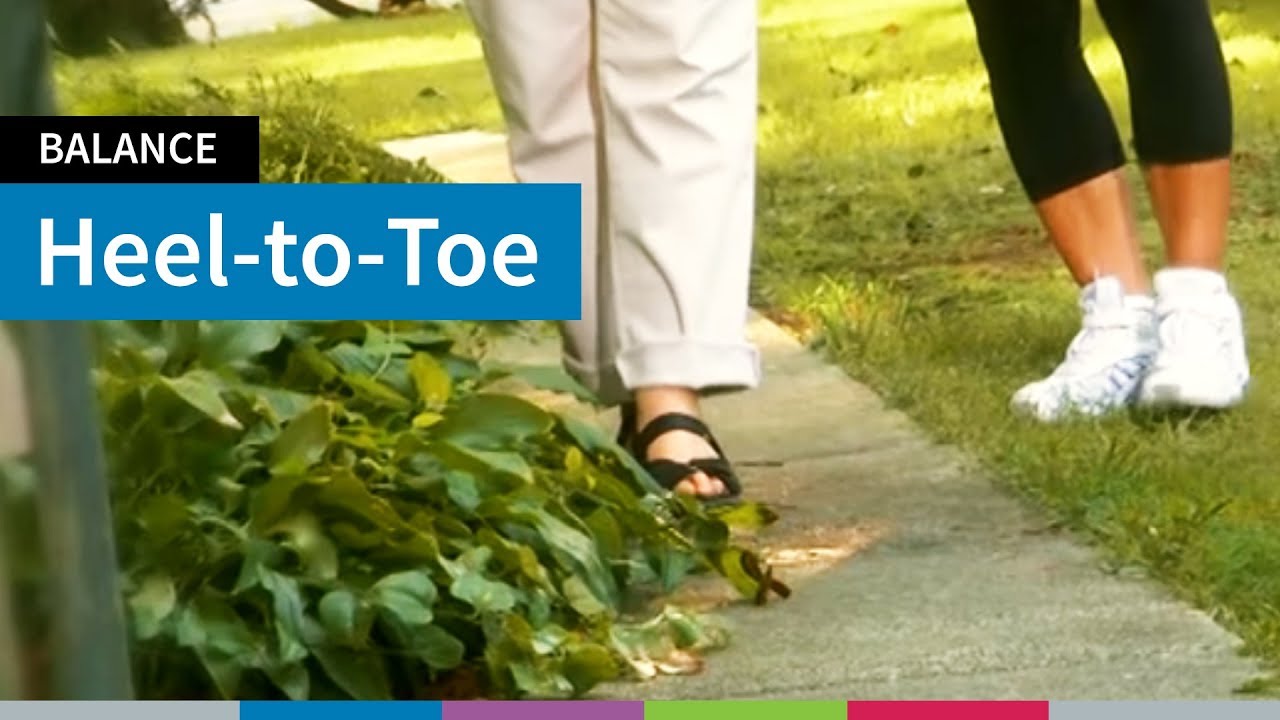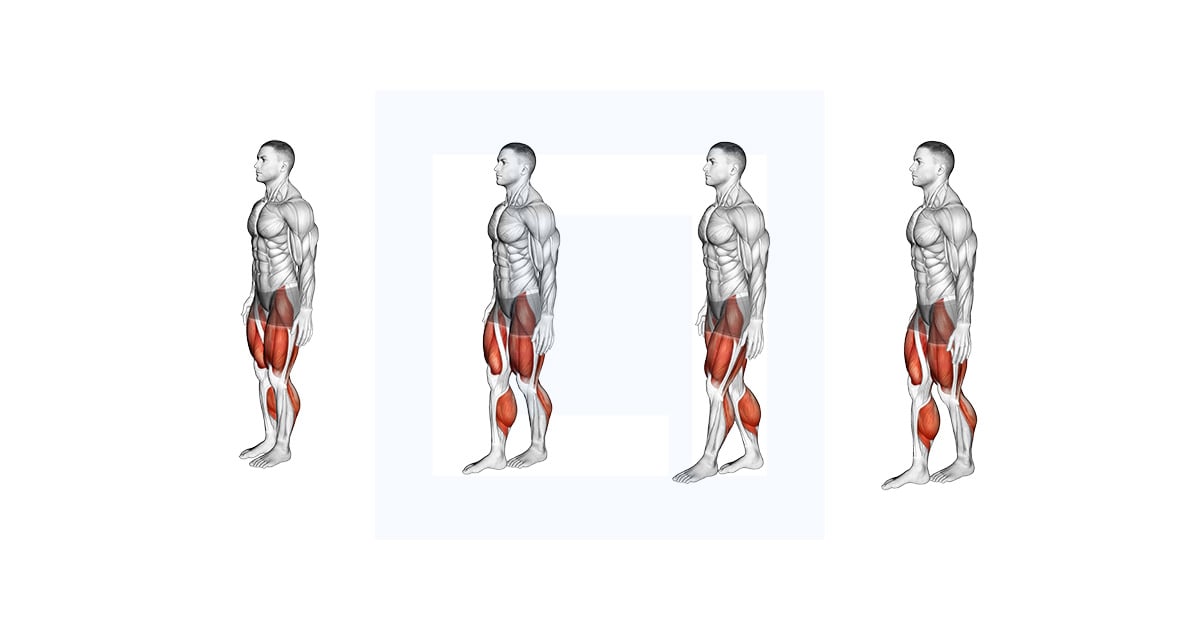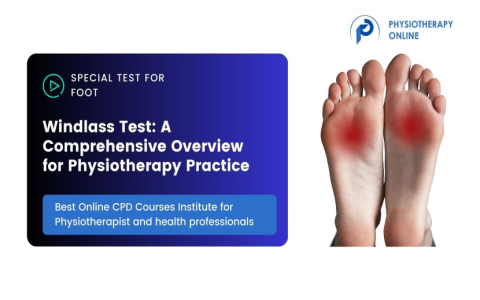Hey! Ever wondered how doctors or therapists check if your balance and coordination are on point? One simple and effective way is the heel toe walking test. It’s a quick balance check that tells a lot about how well your nervous system and body work together. Whether you’re a student, an athlete, or just curious about your health, learning how to do this test right can be a fun way to check your balance at home or understand what happens during a medical exam.
Why Is the Heel Toe Walking Test So Important?
Before we get into the how-to, let’s talk about why this test is so popular. The heel toe walking test helps spot:
- Balance problems
- Nerve or brain issues (like those checked in neurological exams)
- Muscle weakness or trouble with coordination
- Risk of falling, especially in seniors and athletes
It’s quick, doesn’t need any special equipment, and gives a snapshot of how well your body controls movement. Plus, it’s often used in sports medicine and physical therapy to track progress or catch problems early.

What You’ll Need to Get Started
Good news—you don’t need anything fancy. Just grab:
- A flat, straight path (like a hallway or sidewalk)
- About to feet of space
- Comfortable shoes or go barefoot, whichever feels best
- A friend or family member to watch or help (optional but helpful)
- A stopwatch or timer (optional)
Make sure the area is safe and clear of anything you might trip over. You want to focus on your balance, not dodging obstacles!
How to Do the Heel Toe Walking Test the Right Way
Ready to give it a shot? Here’s how to do it step-by-step:
Step 1: Stand Tall and Get Focused
Stand up straight with your feet together. Look straight ahead—not down at your feet. Take a deep breath and relax your body.
Step 2: Walk Heel to Toe
Put the heel of your right foot right in front of the toes of your left foot. Take a slow, steady step forward. Then, place the heel of your left foot in front of the toes of your right foot. Keep your arms relaxed by your sides or stretch them out a bit to help with balance.
Step 3: Keep Your Balance and Walk Straight
Walk in a straight line, heel to toe, for about to steps. Try not to wobble or step off the line. If you lose your balance, pause and start again.
Step 4: Turn Around and Repeat
When you reach the end, turn carefully and walk back the same way. Stay focused and keep your pace steady.
Step 5: Keep Track of How You Do (If You Want)
If someone’s helping you, ask them to watch for any stumbles or wobbles. You can also time yourself to see how steady and smooth your walk is.
Common Mistakes and How to Fix Them
Don’t worry if it’s tricky at first! Here are some things people often mess up and how you can avoid them:
- Looking down at your feet: Keep your eyes forward to help your balance.
- Taking steps that are too big: Keep your steps small and precise.
- Rushing: Slow and steady is the way to go.
- Moving your arms too much: Keep your arms relaxed or gently out to the sides.
- Not walking in a straight line: Imagine you’re walking on a tightrope and be careful with each step.
Tips to Get Better at the Heel Toe Walking Test
Want to improve? Try these easy tips:

- Practice barefoot on different surfaces like grass, carpet, or wood to challenge your balance.
- Use a wall or railing for support if you’re just starting out.
- Do simple balance exercises like standing on one foot or yoga poses.
- Make sure you’re well-rested and hydrated before trying the test.
- Wear comfy shoes with good grip if you don’t want to go barefoot.
What Your Results Mean
Wondering how to read your test results? Here’s a quick guide:
- No wobbling and smooth steps: Your balance and coordination are looking great!
- Some wobbling but no stepping off the line: That’s pretty normal. Keep practicing to get better.
- Lots of wobbling or stepping off the line: This might mean you have some balance or muscle strength issues.
- Can’t finish the test safely: It’s a good idea to see a healthcare professional for a full checkup.
Remember, this test is just one way to check your balance. If you’re worried about your results, getting a professional opinion is always best.
When Should You See a Doctor?
If you notice any of these things during or after the test, it’s smart to talk to a doctor or physical therapist:
- Feeling dizzy or lightheaded a lot
- Falling or almost falling often
- Numbness or weakness in your legs or feet
- Having trouble walking normally outside of the test
- Sudden changes in your balance or coordination
Doctors can do more detailed tests and help you figure out what’s going on.
Fun Ways to Practice Your Balance Every Day
Balance isn’t just for tests—it’s useful in everyday life! Try these fun balance challenges:
- Walk backwards heel to toe for a new challenge.
- Balance on one foot while brushing your teeth.
- Play games like hopscotch or try yoga poses.
- Use a balance board or wobble cushion if you have one.
- Dance to your favorite songs and focus on smooth footwork.
You’ve Got This!
The heel toe walking test is a simple but powerful way to check your balance and coordination. With a little practice, you’ll not only nail the test but also boost your overall body control and confidence. So grab a friend, find a straight path, and give it a go today!



